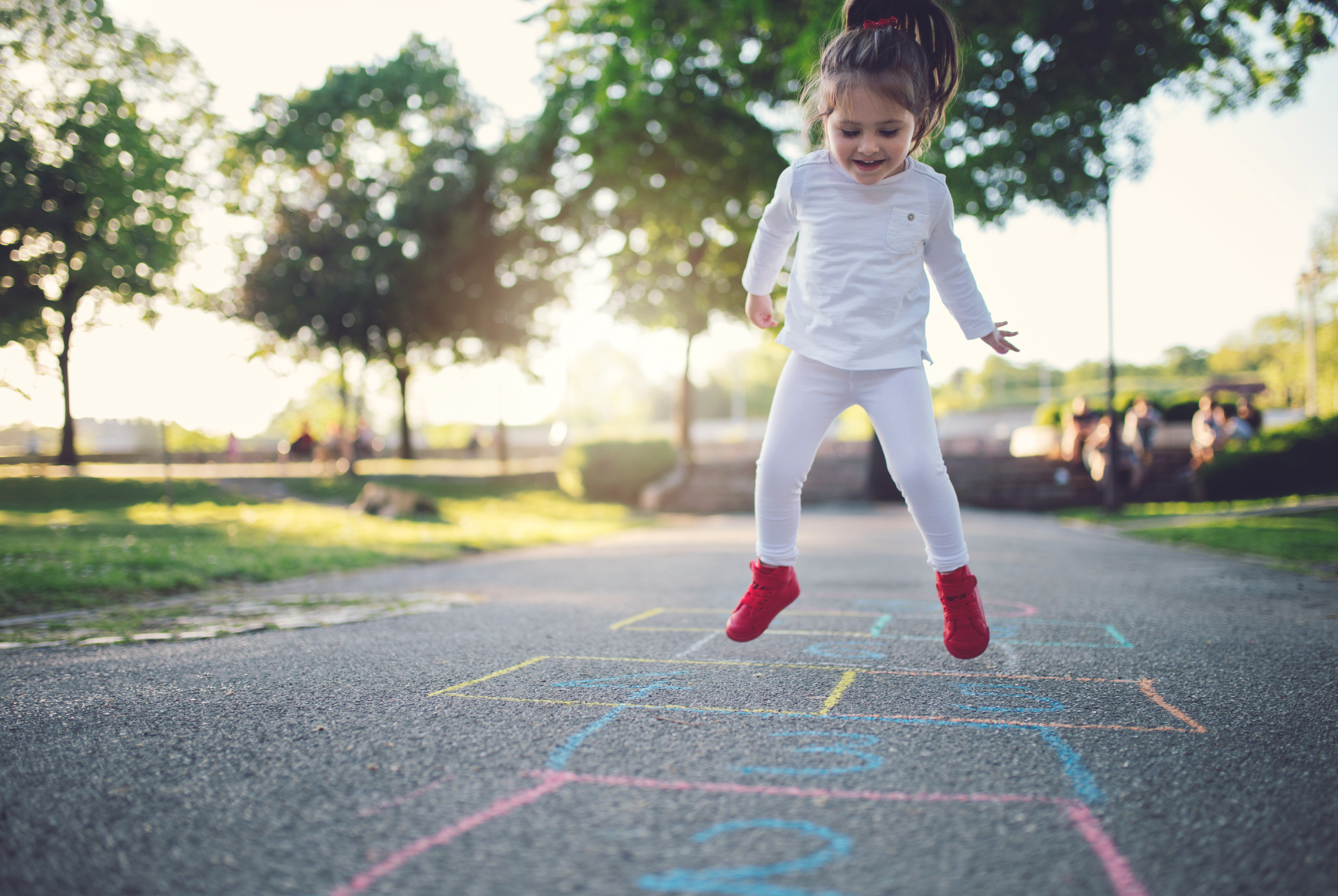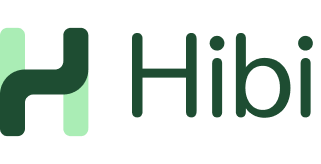
5 physiotherapy tools you already have at home
by Pauline Chuang
Dec 27, 2023
NAPA paediatric physiotherapist Pauline Chuang shares her DIY home exercise tips.
Before you click ‘purchase’ on that online order or grab your keys to drive to the nearest Target, look around your home first. You may already have some physiotherapy equipment in disguise! Wonder what those household items are? Read on to find out more.
1. Couch cushions and pillows
Not only do pillows provide more comfort when lounging or sleeping, they’re also a great tool for practising dynamic balance in sitting, tall kneeling, quadruped, and standing. Utilising an unstable surface can assist with developing balance reactions through challenging and activating the proprioceptive, vestibular, and visual systems to maintain the body’s equilibrium, thus maintaining balance.
Depending on the position your child is in, this kind of exercise can also strengthen the abdominals and different muscles of the lower limb, such as the quadriceps, hamstrings, gastrocnemius, tibialis anterior, and peroneal muscles.
Give this idea a go by placing a pillow underneath your child’s bottom in sitting, knees in tall kneeling, both hands and knees in quadruped or under each foot in standing.
2. Rolled towel
Finding tummy time a bit tricky? Try placing a rolled towel horizontally across your child’s chest and underneath the armpits. This will make it easier by providing more elevation. The bigger the roll, the more support it provides. The smaller or flatter the roll, the less support it gives.
Engage with your child in this position to promote head lift, thus strengthening the neck muscles that are needed for head control. Tummy time is also essential in developing back and shoulder strength.
3. Paper plates
Ever been skating inside your home? Grab those paper plates from the cupboards! This tool can be used to improve lower limb dissociation, which is important in gross motor skills such as crawling and walking where one limb moves while the other one is static.
Place your child in standing and have one paper plate under each foot, then move one limb forwards and backwards at a time. You may or may not need a second person to support your child at his or her trunk throughout the activity.
4. Masking tape
From creating zig-zag lines to a maze or hopscotch pattern on the floor, masking tape can be used to make obstacle courses which targets motor planning and gross motor skills development. Below are some activities that you can create:
Ninja course: tape diagonal lines at different heights and angles between the two walls of a hallway and challenge your child to climb over or under each “laser beam” without touching it.
Racetracks: place vertical, diagonal, and horizontal lines on the floor for your child to walk heel-toe, sideways, or backwards along the lines at different speed.
Kangaroo jumps: tape either horizontal lines or boxes on the floor and challenge your child to either jump and land on the same target or jump over the target.
5. Empty bottles or canned goods
Before throwing those empty milk or juice bottles in the recycling bin or opening a canned good, set at least two aside as they can be utilised as weights. Resistance training – where your muscles work against a weight or force – has been shown to improve cardiovascular fitness and functional strength. By adding water into two 1.5 litre bottles or grabbing two cans of food (around 420 grams each), you have a set of homemade dumbbells.
Make sure you check with your child’s physiotherapist to ensure that this progression is appropriate!
This article was originally published by NAPA.
Pauline Chuang is a physiotherapist at NAPA Centre Sydney. She is passionate towards helping kids reach their fullest potential through creating a fun, inclusive, and empowering environment. When not at work, you can find her indulging in some ice cream, embracing her sweatiness at the gym, or exploring another coastal walk.
Let’s clear out the complexities of care. Try Hibi for free here.

